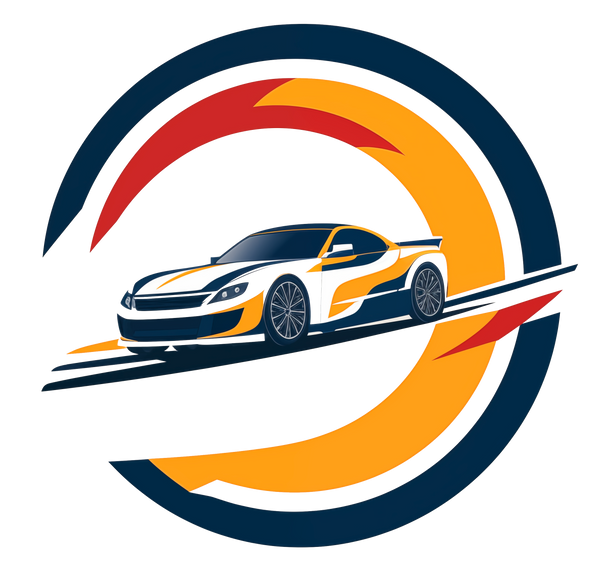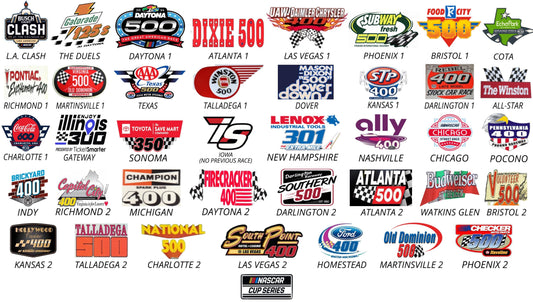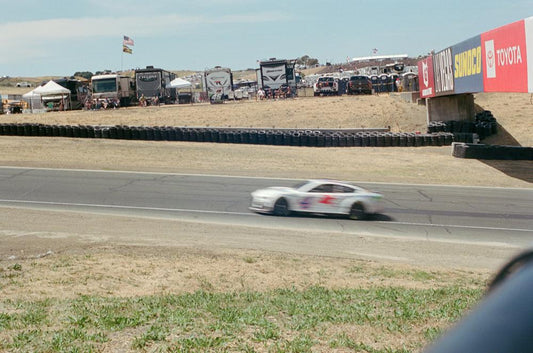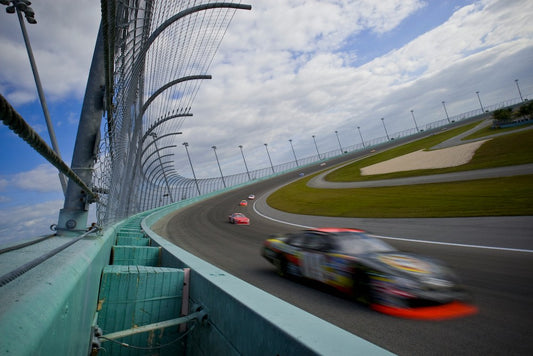Open-Wheel Racing Champs Turning to NASCAR: A Motorsport Phenomenon

The world of motorsports is constantly evolving, with drivers seeking new challenges and opportunities to showcase their skills. One such trend that has gained significant attention in recent years is the transition of open-wheel racing champions to NASCAR. This blog post will explore this phenomenon, highlighting notable drivers who have successfully made the switch, the historical background behind this trend, the challenges involved, and the impact on the motorsports industry.
Historical Background
The transition of drivers from open-wheel racing to NASCAR is not a new concept. In fact, there have been several early examples of drivers who successfully made the switch and left a lasting impact on the motorsports industry. Mario Andretti, A.J. Foyt, and Dan Gurney are just a few of the pioneers who made the leap from open-wheel racing to NASCAR. Their achievements in both disciplines showcased their versatility and solidified their status as legends in the sport. These transitions not only brought attention to the drivers themselves but also sparked discussions about the potential opportunities and challenges of crossing over between these two different forms of racing.
The Tony Stewart Factor
One driver who stands out as a successful example of the transition from open-wheel racing to NASCAR is Tony Stewart. Stewart, a former IndyCar and Formula One driver, made his mark in NASCAR by winning three Cup Series championships. His achievements in both open-wheel and NASCAR racing demonstrated his exceptional talent and versatility as a driver. Stewart's success served as inspiration for other drivers considering the switch, showing them that it is possible to excel in both disciplines.
Popularity of the Transition
The trend of open-wheel racing champions turning to NASCAR has gained popularity in recent years. While open-wheel racing, such as IndyCar and Formula One, has its own dedicated fan base, NASCAR has a much larger following in the United States. The close, wheel-to-wheel racing, combined with the popularity of stock cars, has attracted drivers from other forms of racing. NASCAR also offers opportunities for success and recognition that may be more limited in other motorsports disciplines. The allure of competing against some of the best drivers in the world and the potential for fame and fortune have been significant factors in the growing popularity of this transition.
Challenges of the Transition
Transitioning from open-wheel racing to NASCAR comes with its own set of challenges. The driving techniques required in these two disciplines are different, and drivers must adapt to the unique demands of stock car racing. Open-wheel racing emphasizes speed and precision, with drivers navigating tight turns and reaching incredible speeds. NASCAR, on the other hand, is known for its close, wheel-to-wheel battles, where drivers must constantly jostle for position. Additionally, the heavier, stock cars used in NASCAR require a different approach to handling and maneuvering. These differences in driving techniques can have a significant impact on a driver's performance and results during the transition period.
Driving Styles
The transition from open-wheel racing to NASCAR also highlights the differences in driving styles between the two disciplines. Open-wheel racing requires drivers to be precise, smooth, and calculated, as one wrong move can result in a disastrous crash. On the other hand, NASCAR racing demands a more aggressive and assertive driving style, with drivers constantly battling for position in tight packs. The physical and mental demands on drivers also vary between the two forms of racing. Open-wheel drivers must possess exceptional physical fitness and endurance to withstand the high G-forces experienced during races. NASCAR drivers, while still requiring physical fitness, also need mental toughness to handle the high-pressure situations that arise during close racing scenarios.
Conclusion
The trend of open-wheel racing champions turning to NASCAR is a fascinating phenomenon in the motorsports industry. Notable drivers like Tony Stewart have successfully made the switch, proving that it is possible to excel in both disciplines. The popularity of NASCAR, with its close, wheel-to-wheel racing and opportunities for success and recognition, has attracted drivers from open-wheel racing. However, the transition comes with its own set of challenges, including adapting to different driving techniques and the heavier, stock cars used in NASCAR. Despite these challenges, the trend continues to grow, and it will be interesting to see how it shapes the future of motorsports.




